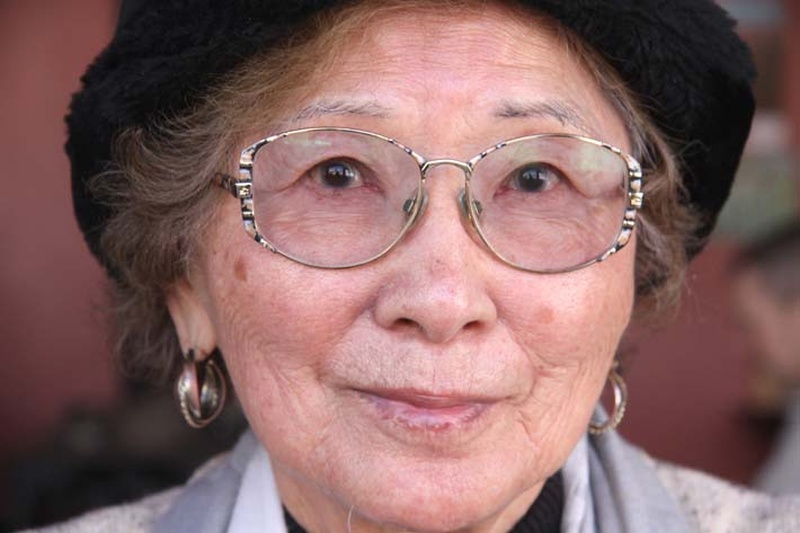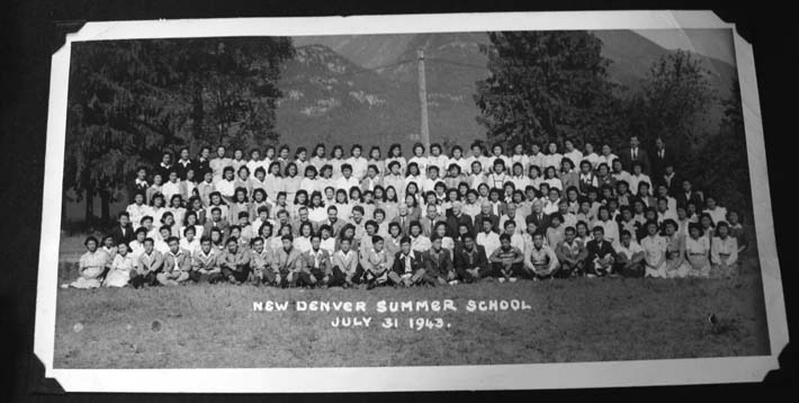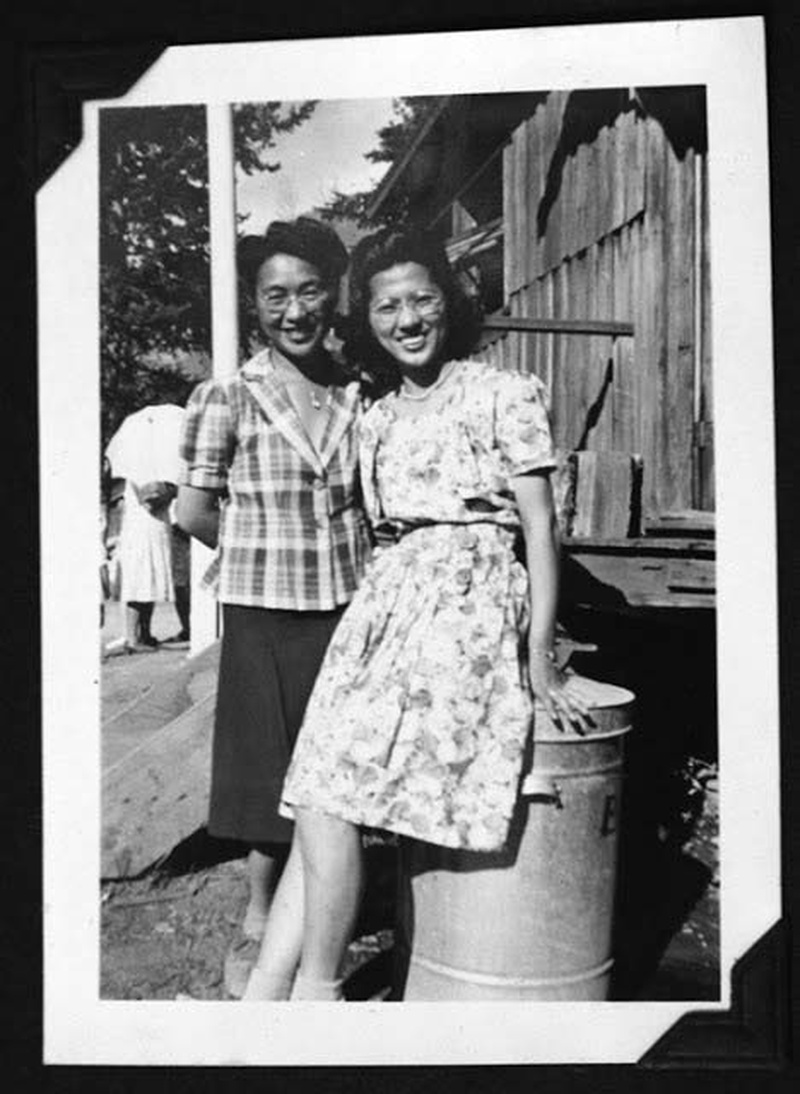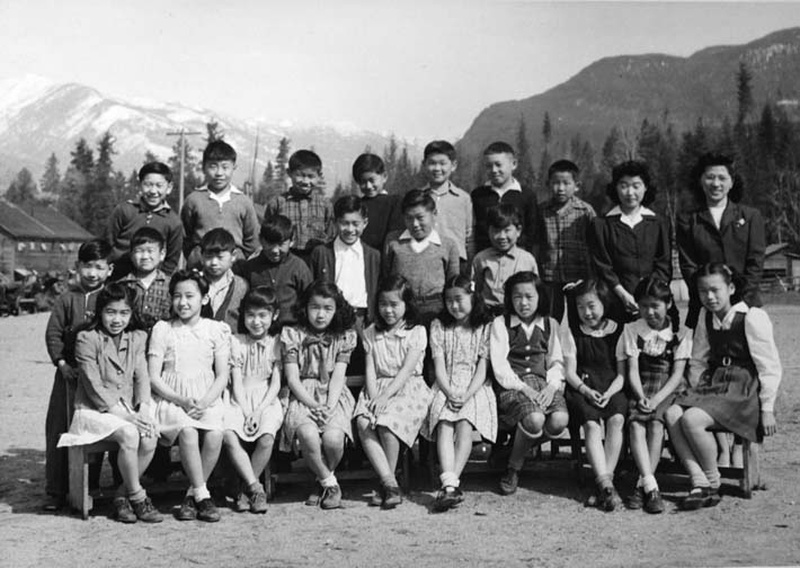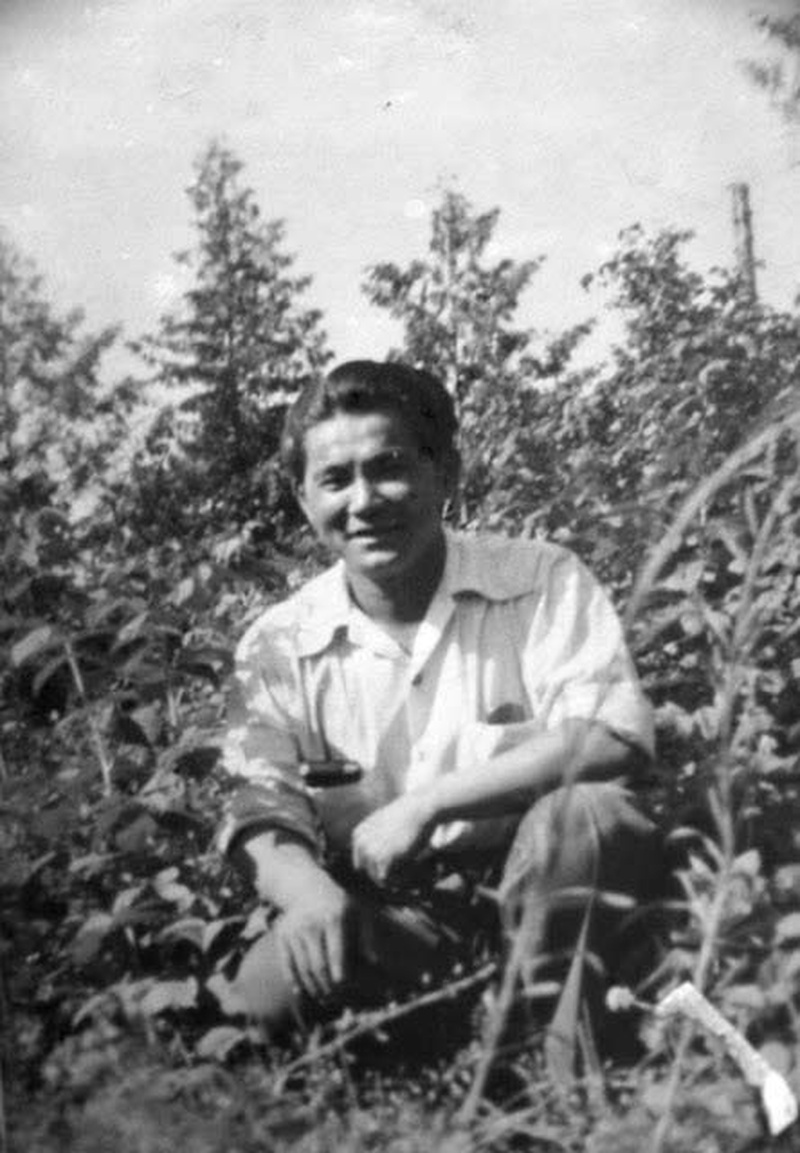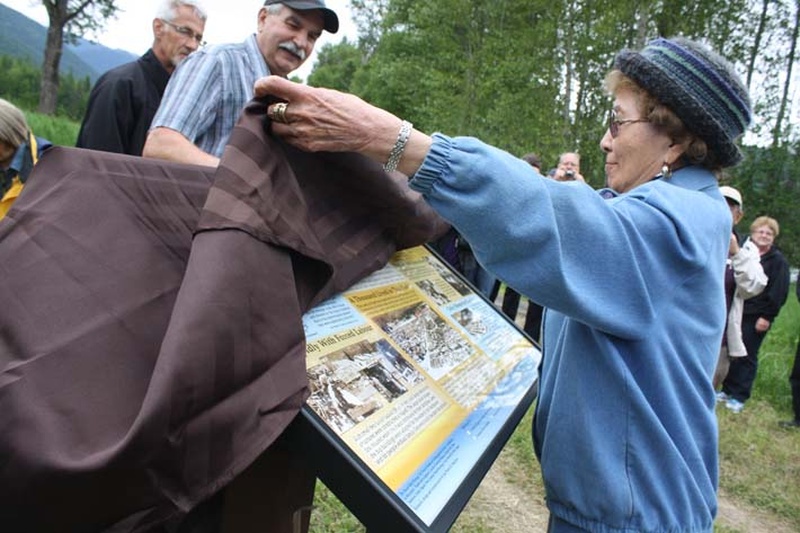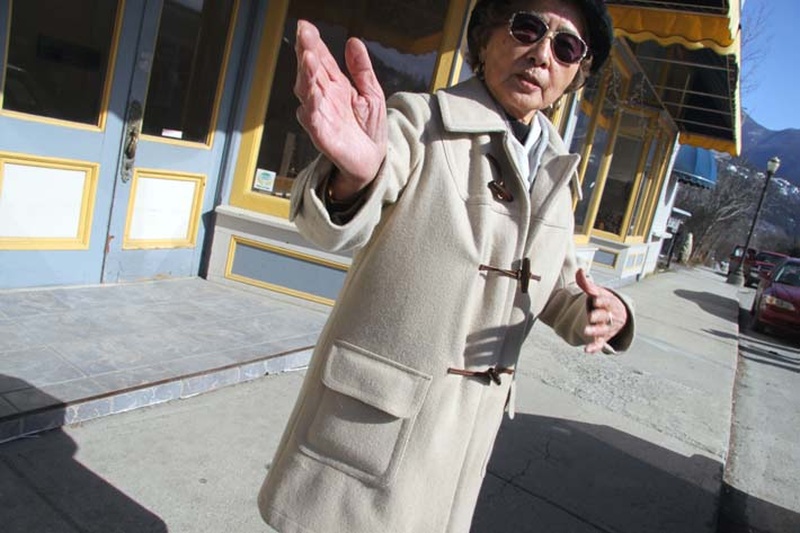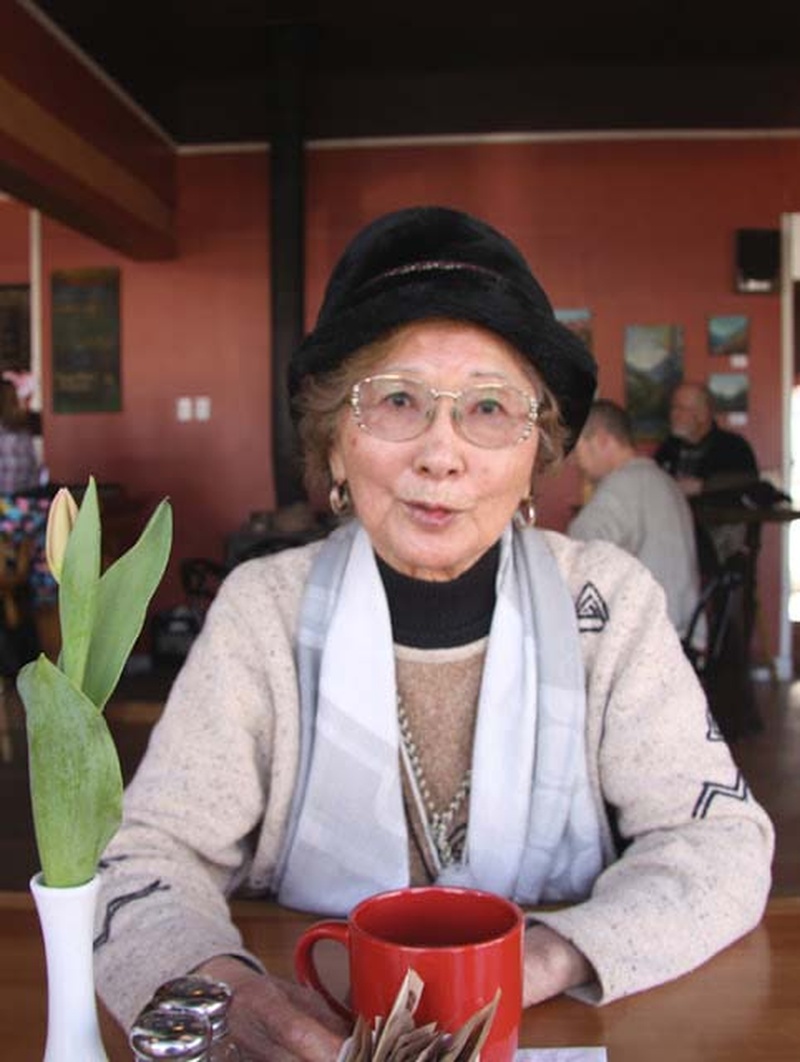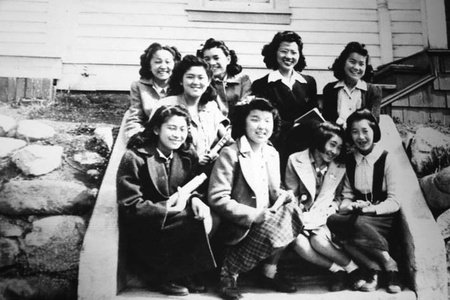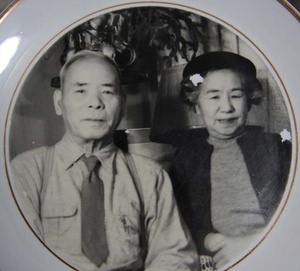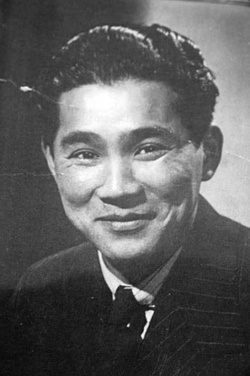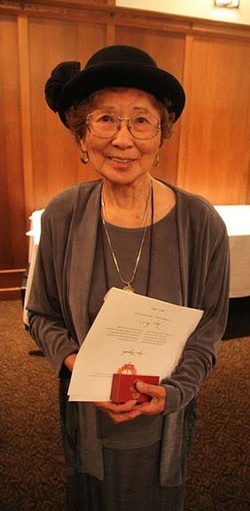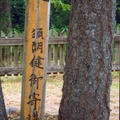Aya Higashi, the last remaining Kaslo, British Columbia, resident interned there during the Second World War, died last year at 96.
Higashi enjoyed a long teaching career in the former Japanese-Canadian interment camps of Slocan and Kaslo. In a 2012 interview, she proudly declared she never used corporal punishment. “Sometimes former students say ‘We were bad kids, weren’t we?’ I never knew a bad kid. In 33 years of teaching, I never yelled at a kid nor strapped nor shook them. My kids, I hug them.”
Higashi was born Ayako Atagi in Campbell River, British Columbia, and grew up on Quadra Island where her father was a boat builder. They later moved to Vancouver, where she graduated high school at 16. Although she planned to become a doctor and took some pre-med courses, the war changed her path.
In 1942, when Japanese Canadians were forcibly removed from the BC coast, her family was interned in the fading mining town of Kaslo, in the southeast part of the province. They lived in an abandoned house—minus her father, who was sent to work in the Crowsnest Pass, near the BC-Alberta border. They didn’t see him again for years. That winter it was so cold, Kaslo Bay froze.
Never having lived near other Nikkei and Nisei families, Aya discovered her spoken Japanese was formal and stilted compared to her contemporaries.
At 19, she started teaching in Kaslo in the Giegerich block, a building that is still standing. Later she became principal of the school at Popoff farm near Slocan.
Following the war, she went to Vancouver to obtain a teaching certificate and spurned many other offers to return to Kaslo, fulfilling a promise to the local principal. She taught senior high, specializing in commerce and home economics.
In 1949, she married Buck Higashi. They spent 59 years together until his death. Although they had no children, she considered all her students to be her kids. She said she treated them equally and never forgot anyone.
They invited her to their weddings and anniversaries and packed the gym when she retired in 1986. At that point, she and Buck were going to move to the coast, but she discovered she couldn’t leave Kaslo.
Buck told her: “I wondered when you would realize that.”
“I could never leave Kaslo,” she said. “Kaslo is my family.”
By that time, they were already the only ones left in town who had been forced there by the internment. As a result, she was frequently asked to speak to tour groups, schools, and visitors. Although slightly embarrassed at the attention, she took pride in being an ambassador for the village. She showed little bitterness at the circumstances that brought her there.
“I was raised on ‘It can’t be helped.’ You make the best of what you get,” she said. “I accepted what came. I couldn’t have a better life than I have here.”
Higashi had been in ailing health for some time, but was publicly honoured twice in 2012: she unveiled an interpretive sign at the former Popoff farm commemorating the internment camp there and a few months later received the Queen’s Diamond Jubilee medal for outstanding community service.
Higashi died July 21, 2015, a week after her 96th birthday, and was honoured during the gala opening of an exhibit at the Langham Cultural Centre in Kaslo, where she was instrumental in helping put together a museum exhibit on the internment.
“Kaslo’s last Nisei daughter lived a vigorous life of service from an early age,” said Ian Fraser, who curated that exhibit. “She is fondly remembered by generations of students and friends. Aya always found the positive side and educational opportunities in every situation.”
Higashi was predeceased by her husband and is survived by brother Yute Atagi of Nelson, BC. A memorial service was held September 19 at Kaslo United Church.
The Village of Kaslo plans to rename a street after Aya and Buck close to where they lived.
* This article was originally published in the Nelson Star on July 29, 2015, and has been slightly modified from the original by the author.
© 2015 Nelson Star / Greg Nesteroff


